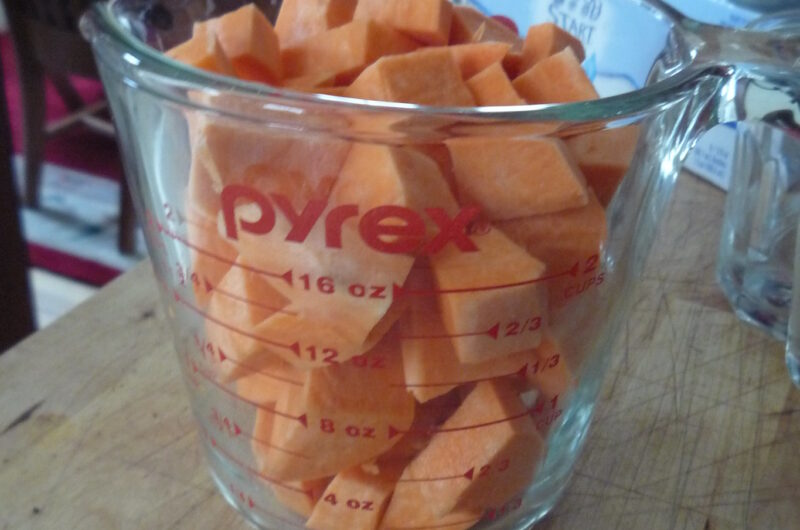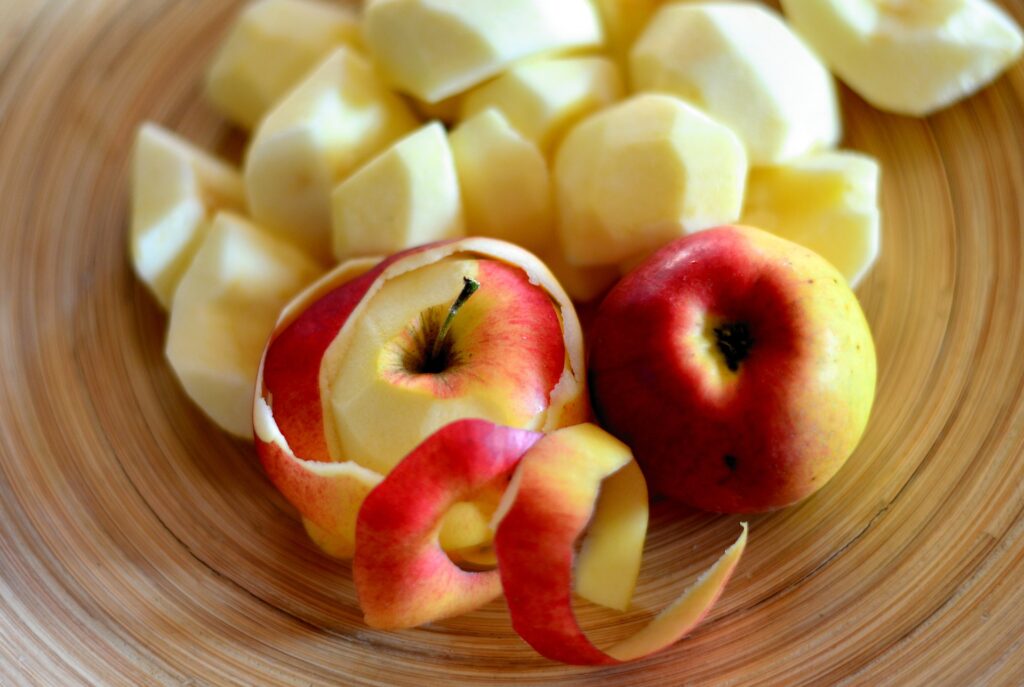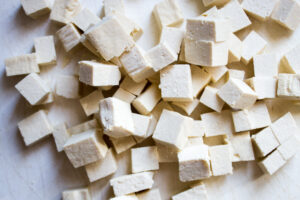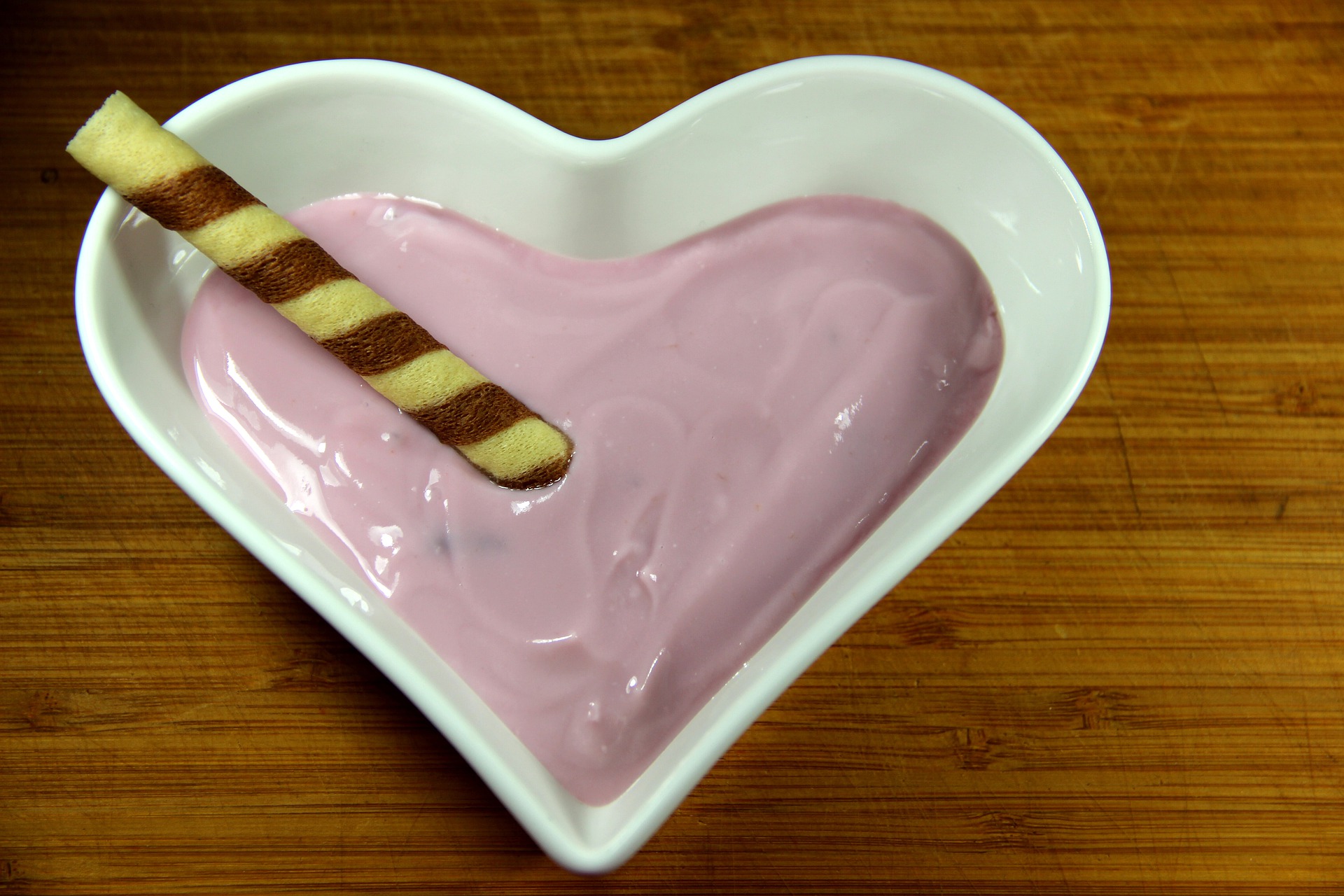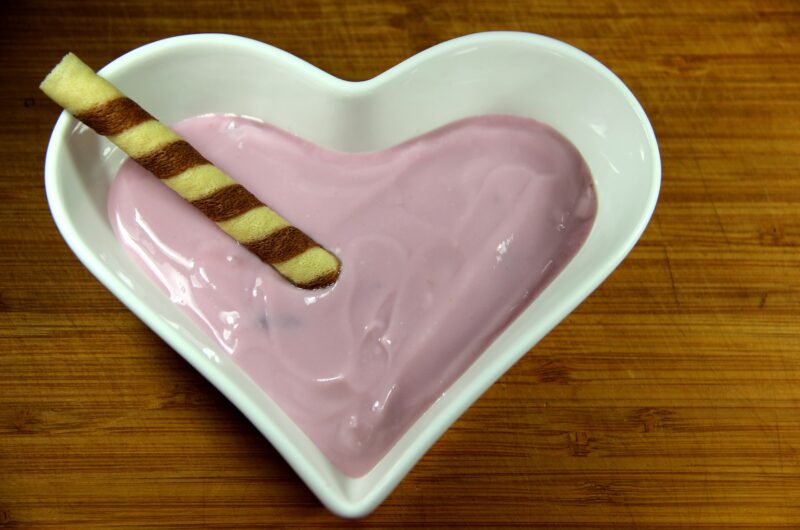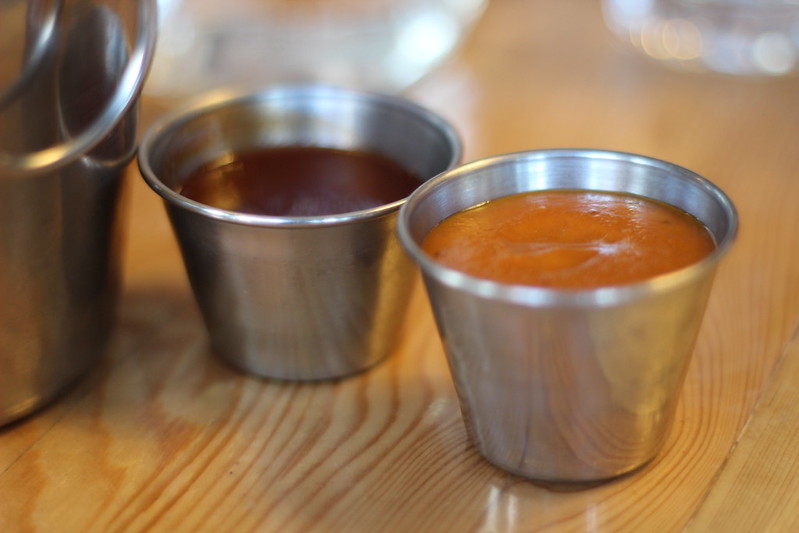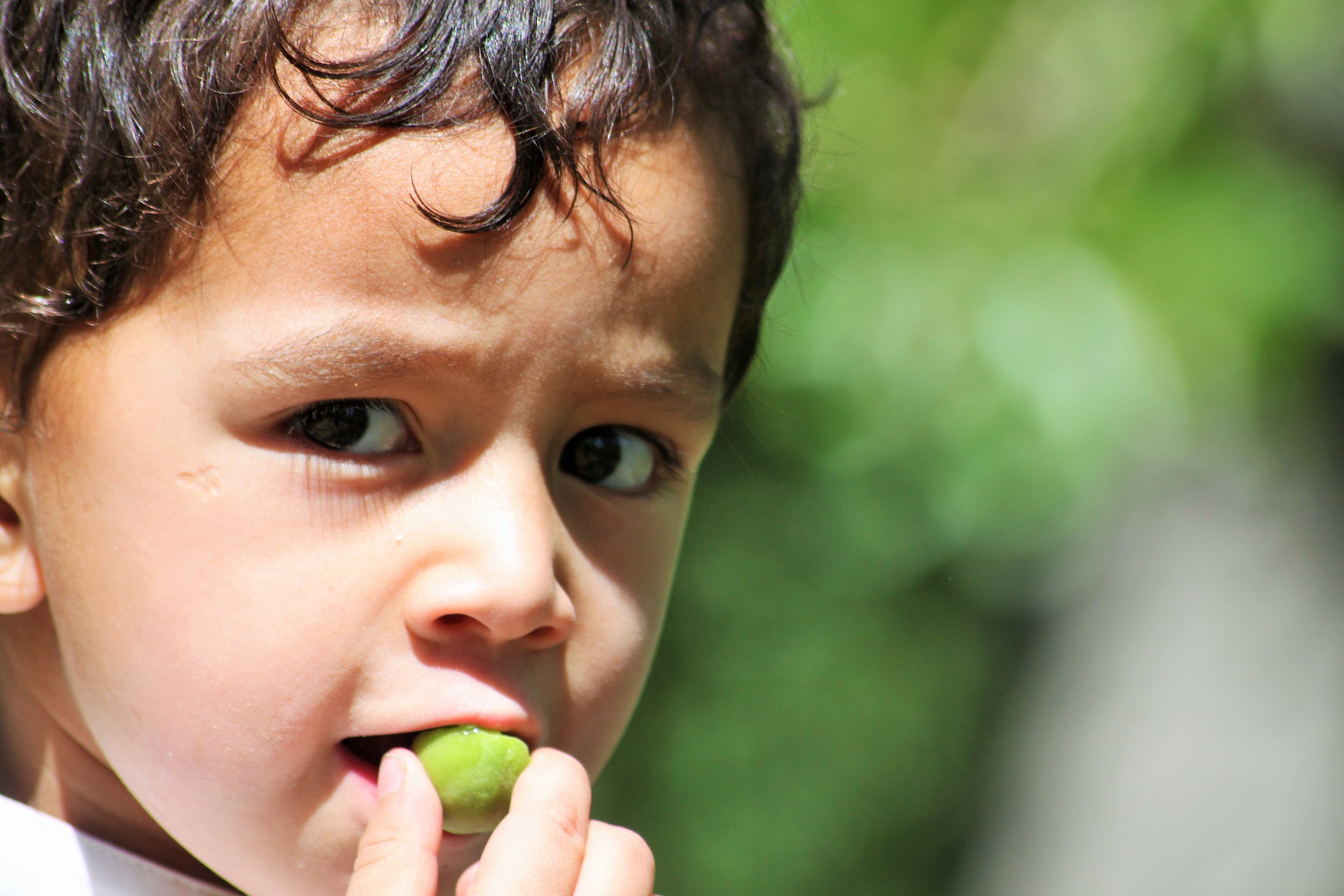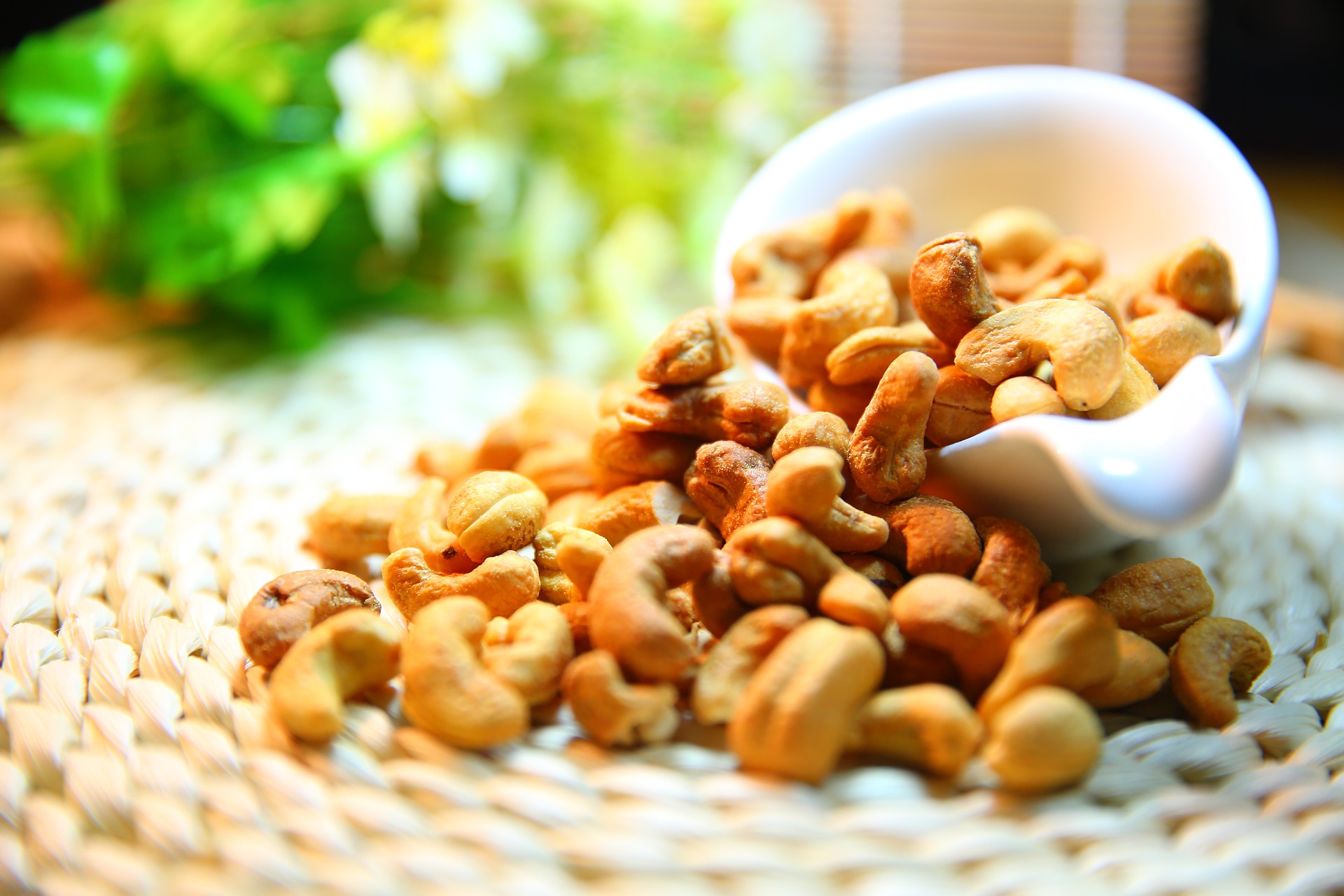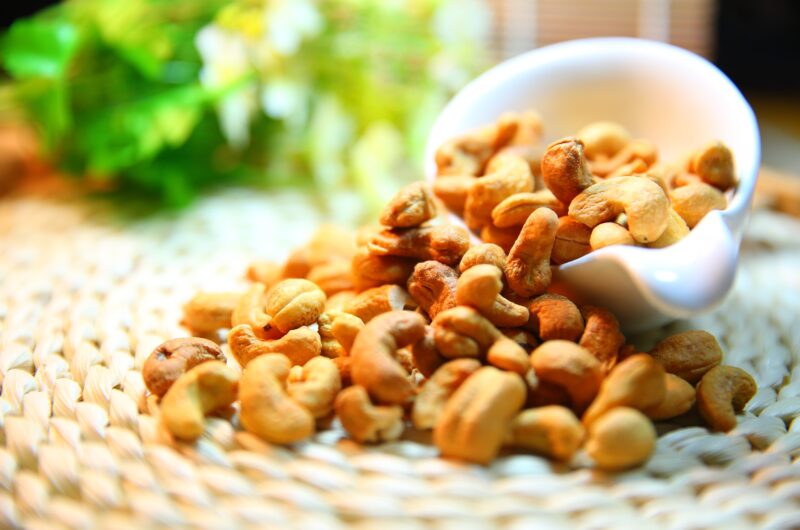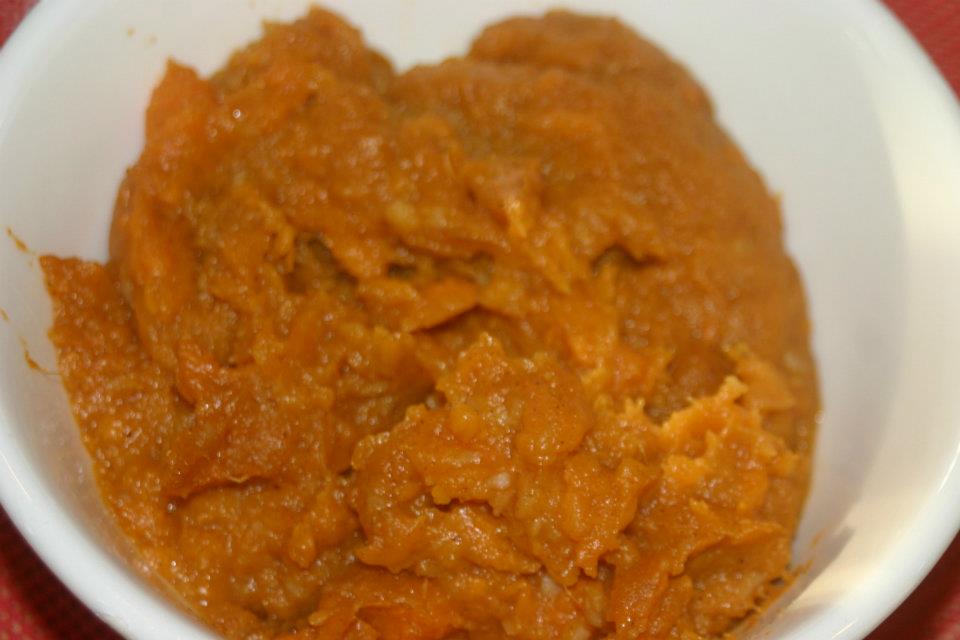
By Cheryl Tallman and Joan Ahlers –
Introducing solid foods is a very important step in your baby’s development and well-being. In fact, studies show that babies who are fed nutritious, healthy diets grow into stronger kids and better-adjusted eaters than those who are fed poor diets.
Many parents don’t realize that making baby food at home is a simple and economical plan to provide your baby with the best in quality, nutrition and taste. It makes it easy for you to ensure your child gets the best start possible. Making baby food using fresh, all-natural ingredients has many benefits, including:
- Increased nutritional value
- Elimination of additives
- Improved freshness
- Added variety
- Enhanced control
- Lower costs
Increased nutritional value
Vitamins and other nutrients are critically important to your baby. For the next three years, your baby will experience rapid growth and development. It is essential that he be fed a healthy and nutritious diet to maximize his growth and development process.
Processed baby foods have added water, sugars and starchy fillers. While these products are not nutritionally bad for your baby, their use in baby food dilutes the nutrient content of the actual foods. To make matters worse, processed baby foods are cooked at high temperatures to kill bacteria, so they can be stored in jars at room temperature. Bacteria are not the only things that are eliminated in this process. Vitamins and nutrients are also destroyed. Many baby food manufacturers compensate for the loss of vitamins by artificially adding some of them back in after the food is processed.
When you make baby food at home, you can cook it quickly. This process not only preserves the wonderful color and taste of the food, but most importantly it maximizes the foods’ nutrient content for your precious baby.
Elimination of additives
Processed baby foods contain trace amounts of chemicals, including pesticides, herbicides and fungicides. Although the U.S. Food and Drug Administration has approved these chemicals, you may choose not to feed your baby products containing them. Buying certified organic produce (fresh or frozen) and preparing food at home eliminates agricultural chemicals from your baby’s diet.
In addition, many varieties of processed baby foods add ingredients that are not essential or beneficial to your baby’s diet. These can include ingredients such sugar, butter and salt. Most healthcare professionals will recommend you avoid the introduction of these foods until your child is much older. Homemade baby food is pure, wholesome food with nothing added that you did not add yourself.
Improved freshness
Have you compared fresh green peas to a jar of pea baby food? Even though they are the same food, they don’t look, smell or taste similar. While your baby does not have the refined palate of an adult, he does respond to taste, color and smell. With the enormous availability of fresh produce in your grocery store and the simplicity of making baby food, there is really is no reason he needs to be deprived of colorful, tasty, great-smelling baby food. And serving fresh food from the very beginning will help your baby be more open to tasting new flavors and types of food.
Additional variety
Processed baby food is developed for the mass market and, as a result, is limited in variety. Variety is key to a balanced diet and healthy living. Today’s grocery stores offer a tremendous variety of fresh and frozen fruits and vegetables. There is no reason why your baby should be limited by what food manufacturers consider the most popular foods. What’s more, preparing baby food at home enables you to add herbs, combine flavors, and easily introduce new textures, making your baby’s mealtime a pleasurable, gourmet experience.
Enhanced control
As a parent, you want to understand and trust the ingredients in your baby’s diet. Similarly, you want assurance concerning the purity, safety, quality and consistency of such ingredients. Preparing baby food at home provides you with control of your baby’s diet and knowledge of exactly what goes into your baby’s food. The more involvement you have with what you are feeding your baby, the more likely you are to nurture healthy eating habits.
Lower costs
Processed baby foods are expensive. The average baby in the United States will consume 600 jars of baby food. Parents who use processed baby food spend an average of $300 or more on baby food during their infant’s first year of life. Making baby food at home is extremely cost-effective, as foods may be purchased either in season or on sale. On average, baby food prepared at home can cost as little as $75 in the first year.
With all these benefits, you may think that it is difficult to make baby food, but it is a lot easier to make than you may imagine. Using fresh produce, a blender and set of ice cube trays, you can make food in quantity and freeze it in single servings. This means you only need to make food once or twice a week. The bottom line, it takes about 30 minutes a week. Here is a simple and easy recipe for a common first food:
Sweet Potato Puree

Time needed: 20 minutes
2-3 medium to large sweet potatoes
- Prep
Wash, peel and chop sweet potatoes into one-inch (3 cm) cubes
- Cook
Place sweet potatoes and 2 Tablespoons (30ml) of water in a microwave-safe dish. Cover. Cook 8-10 minutes. Let stand for 5 minutes. They are done if the sweet potatoes can be mashed easily with a fork
- Puree
Place sweet potatoes and cooking juices into a blender or food processor. Add ½ cup (60 ml) of water. Puree. Add an additional 1/4 to ½ cup (60 – 100 ml) of water, as needed, to develop of smooth texture.
- FREEZE
Spoon into So Easy Baby Food Trays or ice cube trays. Cover. Place in the freezer for 8-10 hours or overnight. Remove cubes from trays, place them in a storage container or freezer bag, and return them immediately to the freezer.
Makes 24 one-ounce servings. Stays fresh for 2 months in the freezer.
To serve, select frozen sweet potato cubes from the freezer, defrost and warm, check the temperature, and feed.

